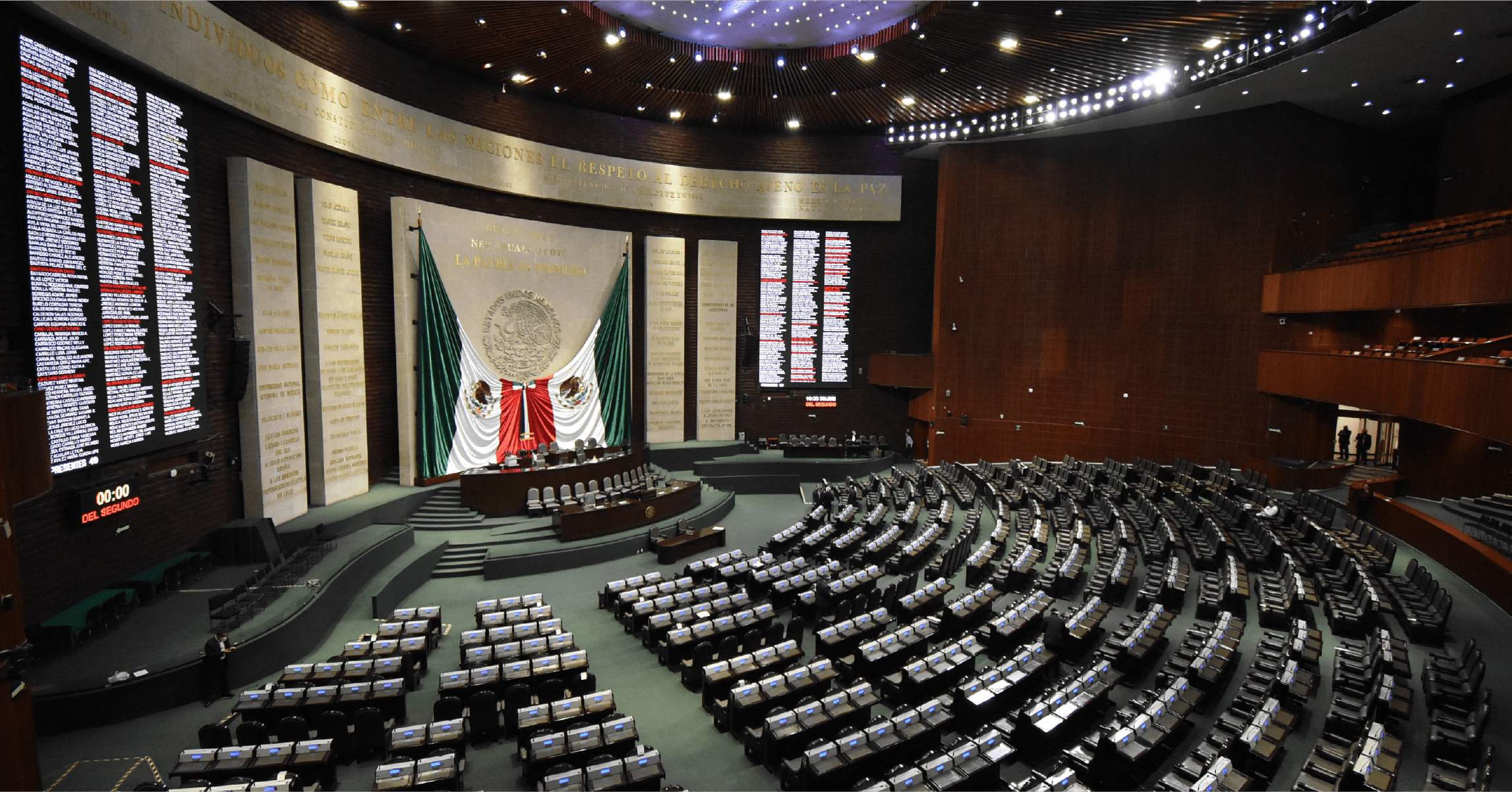Learn about the Chamber of Deputies’ history and how it has been transformed.
Here you can also find some background of the parliaments in the world.
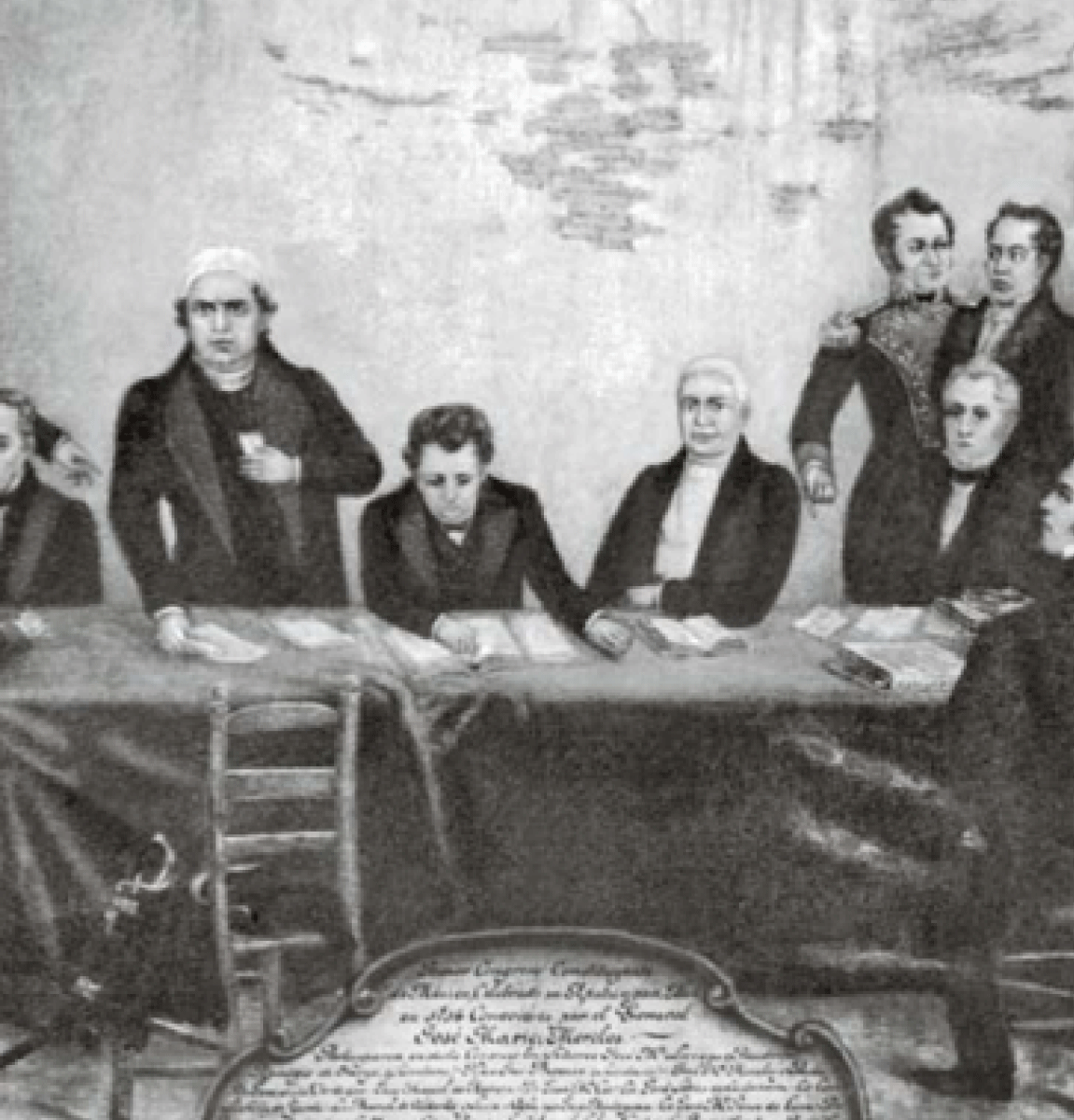
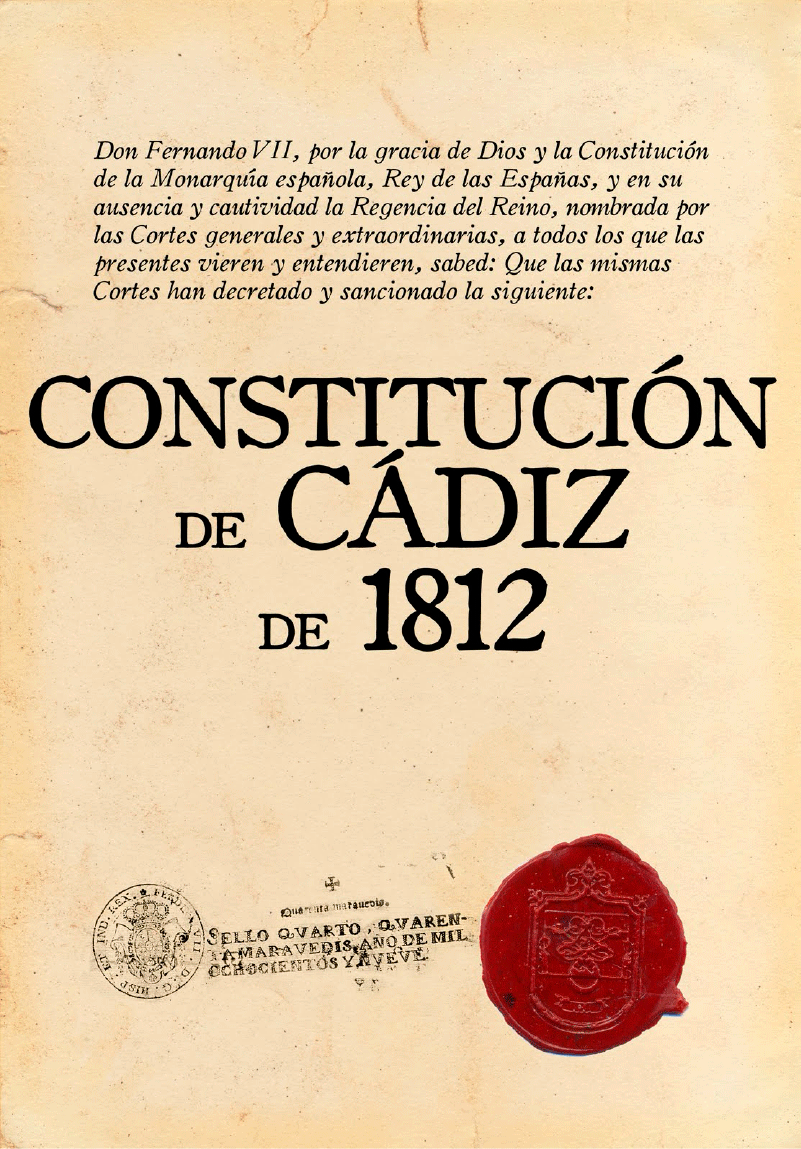

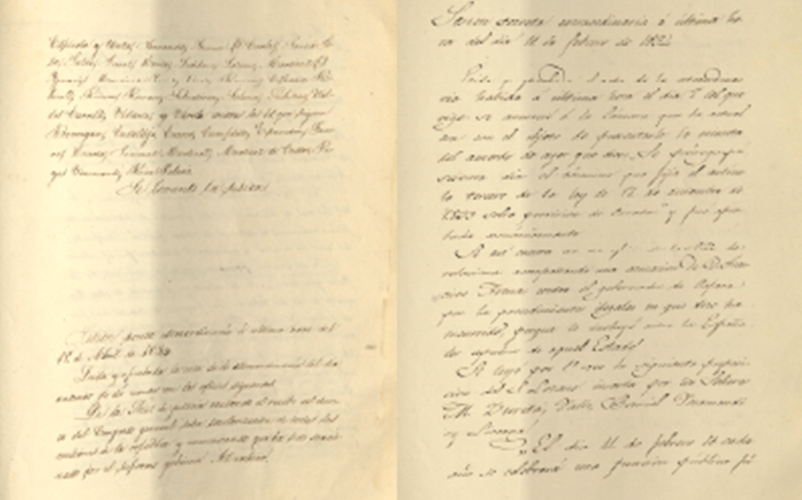


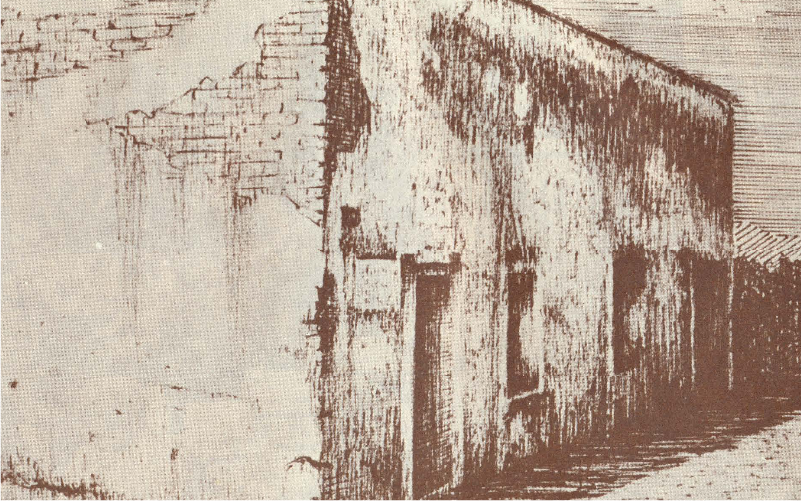

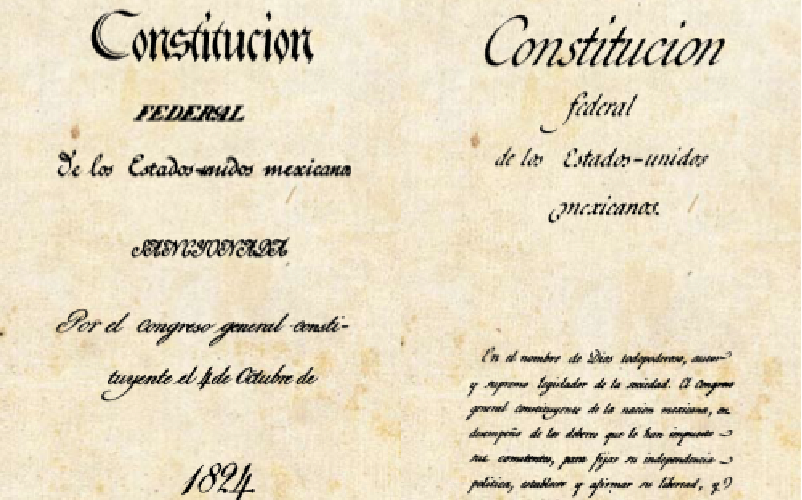
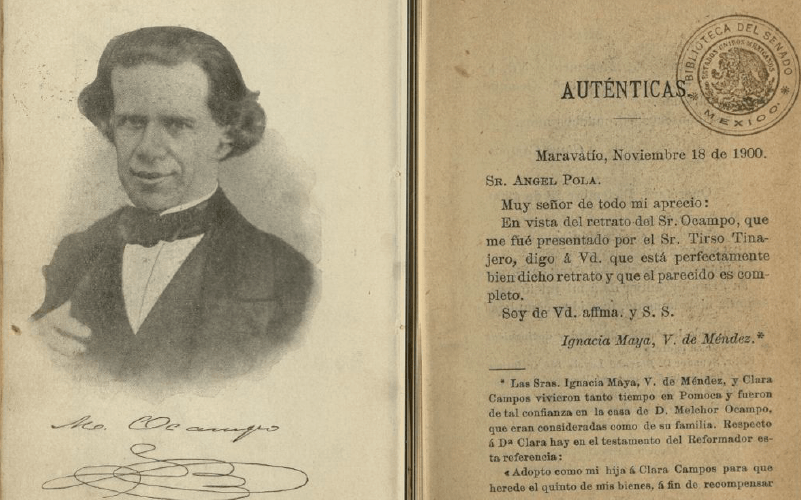
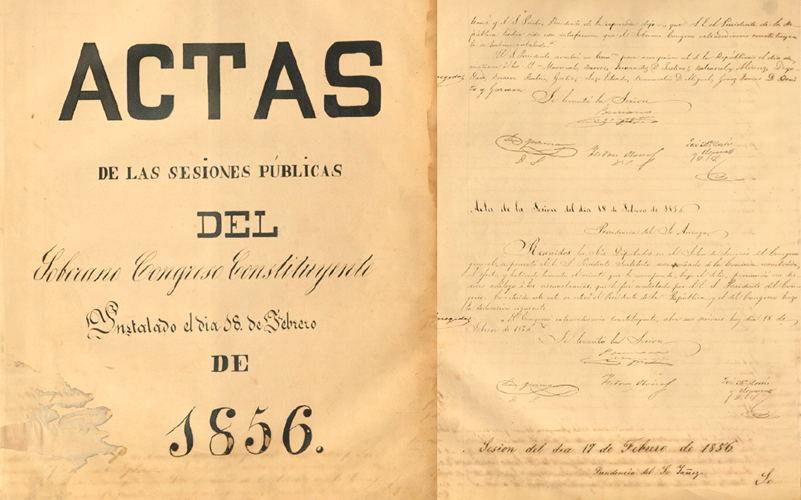
 Línea del tiempo →
Línea del tiempo →
Línea del tiempo →
Línea del tiempo →
 Línea del tiempo →
Línea del tiempo →
Línea del tiempo →
Línea del tiempo →
 Línea del tiempo →
Línea del tiempo →
Línea del tiempo →
Línea del tiempo →
 Línea del tiempo →
Línea del tiempo →
Línea del tiempo →
Línea del tiempo →
 Línea del tiempo →
Línea del tiempo →
Línea del tiempo →
Línea del tiempo →
 Línea del tiempo →
Línea del tiempo →
Línea del tiempo →
Línea del tiempo →
 Línea del tiempo →
Línea del tiempo →
Línea del tiempo →
Línea del tiempo →
 Línea del tiempo →
Línea del tiempo →
Línea del tiempo →
Línea del tiempo →
